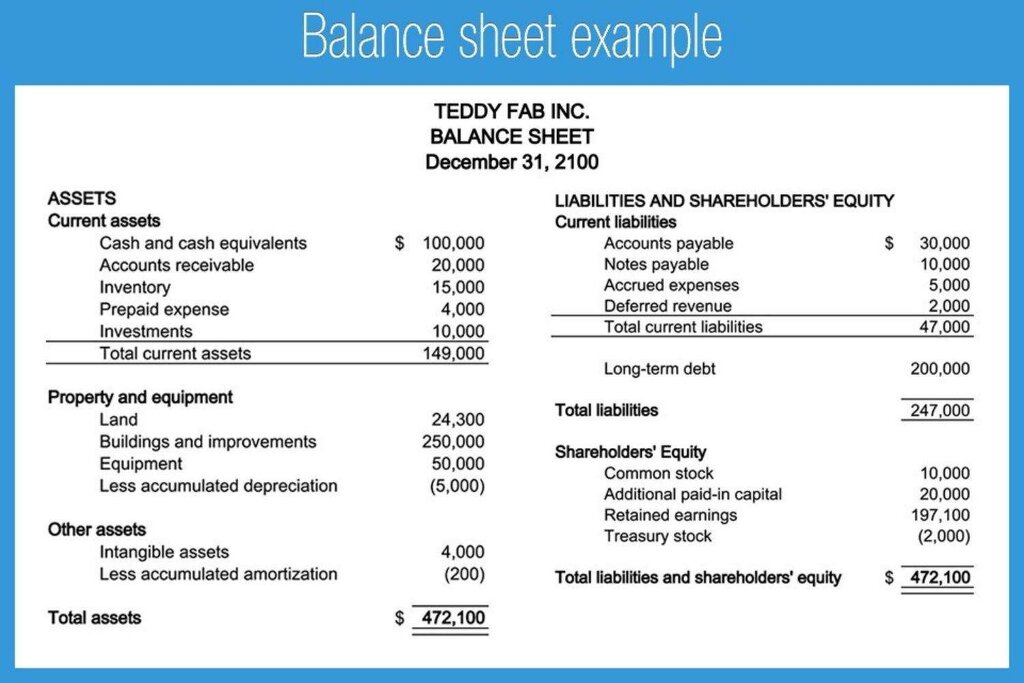Moisture loss or gain, moisture migration between different components, and physical separation of components or ingredients are the examples of physical spoilage [9, 15,16,17,18,19,20,21,22,23,24]. The key factors affecting physical spoilage are moisture content, temperature, glass transient temperature, crystal growth, and crystallization. Food spoilage is a natural process; through this process, food gradually loses its color, texture, flavor, nutritional Food Preservation qualities, and edibility. Consumption of spoiled food can lead to illness and in the extreme situation to death [9]. Considering the self life, food items can be classified as perishable, semi-perishable, and non-perishable [10]. The history of ‘Food Preservation’ dates back to ancient civilization when the primitive troupe first felt the necessity for preserving food after hunting a big animal, which could not be able to eat at a time.
This in turn allows chemical, enzymatic, or microbiological reactions to be controlled and therefore reduces or eliminates the main processes of deterioration in the product. The package usually has a low permeability to gas, so that the initial concentrations of the added gases remain unchanged after the package is sealed. There are numerous chemicals used for food preservation, a few of them are-Sodium benzoate, Sulphur dioxide, Sodium nitrite, Sodium diacetate, Sodium lactate, sulfite, and Dehydroacetic acid.
What is food preservation and how to do it properly?
MAP can be used to extend the shelf-life of many fruit and vegetables. Most fruit and vegetables age less rapidly when the level of oxygen in the atmosphere surrounding them is reduced. This is because the reduced oxygen slows down the respiration and metabolic rate of the products and therefore slows down the natural aging process. Elevating the level of carbon dioxide to levels of 2% or more can also be beneficial. Elevated carbon dioxide levels can reduce the product’s sensitivity to ethylene and can also slow the loss of chlorophyll.
- Depending on the intended use, desired characteristics, and available storage conditions, the appropriate food preservation method type can vary.
- Food ingredients, whether highly perishable or not, have a maximum shelf life.
- High-temperature short-time (HTST) pasteurization is a continuous process pasteurizer equipped with sophisticated control system, pump, flow diversion devices or valves, and heat exchanger equipment [56].
- However, these losses can be considered minor from nutritional point of view [44, 72].
- Knowing the techniques of preserving foods was the first and most important step toward establishing civilization.
- By changing these factors, the growth of bacteria and other pathogenic microorganisms is slowed or stopped.
These exchangers are not very flexible to withstand production capacity alteration, and their use is only limited to low viscous foods. However, frequent cleaning and sterilizing requirements have made this exchanger less popular in food industries [81]. As previously mentioned, food preservation methods target the internal or external components of a food product. By changing these factors, the growth of bacteria and other pathogenic microorganisms is slowed or stopped. Manipulating internal or external factors are commonly the main principle of most preservation methods.
Methods of Food Preservation
A major drawback to vacuum packaging, at the consumer level, is that vacuum sealing can deform contents and rob certain foods, such as cheese, of its flavor. Lye will saponify fats in the food, which will change its flavor and texture. If buried on hot coals or ashes, the heat can kill pathogens, the dry ash can desiccate, and the earth can block oxygen and further contamination.
- Asia’s beverage market is expected to experience unprecedented growth as well by taking two-thirds of global incremental consumption by 2021.
- Color darkening, reducing proteins solubility, developing bitter flavors, and reducing nutritional availability of certain amino acids are the common outcomes of Maillard reaction.
- Experience all the benefits of our digital solution with our free 14-day trial and join our list of more than 30,000 customers enjoying food safety compliance through our products.
- Food handlers can use any of the mentioned food preservation methods to keep their foods safe for a longer time.
- Table 6 presents the applications of pasteurization process to preserve different food items.
A large number of chemical compounds are used as food antimicrobials or preservatives, although propionates, sorbates, and benzoates are the most frequently utilized agents (Davidson, 1997). Aureus must mount an aggressive stress defense system when it finds itself in a food environment. Furthermore, bacteria can develop resistance to food antimicrobials employed to inhibit their growth. Aureus resistant to the action of parabens demonstrate altered membrane structure, which is thought to reduce the membrane absorption and thereby activity of these food antimicrobials (Bargiota et al., 1987).
food preservation
In different countries, the applications chemical preservatives and food additives are monitored and regulated by different acts, rules, and government authorities [119, 123, 124]. Freezing time Freezing time is defined as the time required to lower the initial temperature of a product to a given temperature at its thermal center. In general, slow freezing of food tissues results in the formation of larger ice crystals in the extracellular spaces, while rapid freezing produces small ice crystals distributed throughout the tissue [85].
Microbial spoilage is a common source of food spoilage, which occurs due to the action of microorganisms. The growth of most microorganisms can be prevented or lingered by adjusting storage temperature, reducing water activity, lowering pH, using preservatives, and using proper packaging [28]. Simply freezing foods inside a freezer unit can be considered a preservation method. Other preservation methods involve heat treatments or high-pressure processing to make the food shelf-stable. Preservation through heating can be applied to both solid and liquid foods.
Preservation principles and new technologies
Rapid freezing forms ice within food cells, and these foods are more stable than slow freezing processed foods [23]. To minimize large ice crystal growth, emulsifiers and other water binding agents can be added during freezing cycles [20]. Semi-perishable Different food items can be preserved for long time (about six months) under proper storage conditions. Vegetables, fruits, cheeses, and potatoes are few examples of semi-perishable food items.
China, India, Indonesia, Pakistan, Thailand, and Vietnam are among the key growing markets, and in a whole Asia is predicted to take 47.2% share of global beverage market in 2021 [153]. Many of these peptides have stiff taste which can be bitter https://accounting-services.net/how-many-american-workers-participate-in-workplace/ or sweet [35]. Chemicals used in different forms of preservation go through a rigid approval process to protect the consumers. There is no point in using a chemical that helps the preservation process but will put customers in harm.


